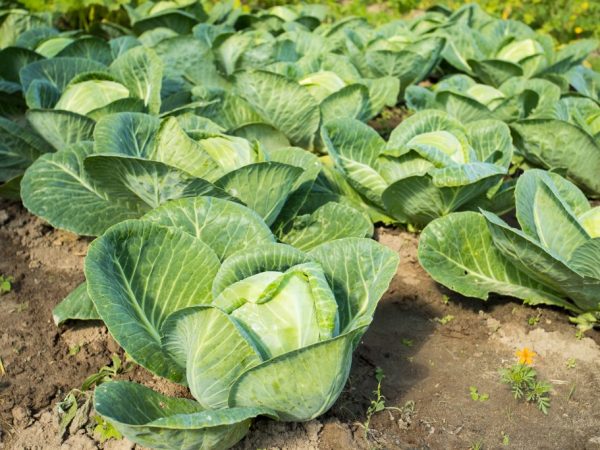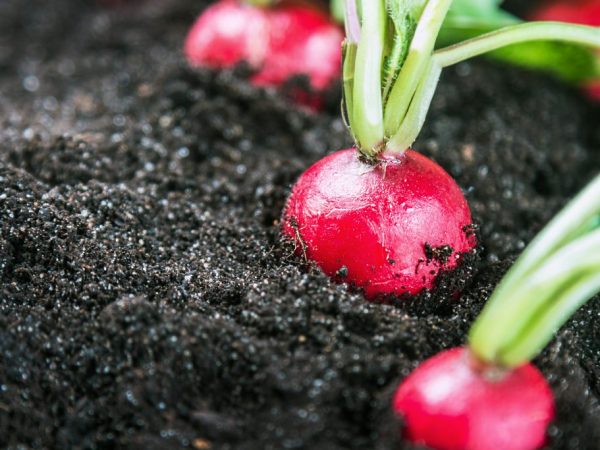What crops can be planted after cabbage
Correct crop rotation can significantly reduce the number of parasites and diseases. It makes it possible to preserve all the useful properties of the land and increase the future harvest, so it is important to know what crops to plant after cabbage.

Planting crops in place of cabbage
Impact of cabbage on the soil
When planting new vegetable varieties, you need to understand what effect its predecessors had on the soil. In order for cabbage to develop according to all the rules, it must receive the required amount of nitrogen, so it actively absorbs it from the soil. Due to the deep developed roots, which can go up to 90 cm deep into the ground, the soil remains depleted after harvest.
Cabbage is susceptible to many diseases, the bacteria of which remain in the soil. Future crops will be subject to the same diseases. The parasites that annoyed vegetables all season hibernate in the ground. As soon as a new crop is planted in this place, pests will pounce on it.
You should not plant cabbage in one place for several years, because ultimately, yields will be reduced to zero. The optimal interval for planting cabbage in one area is about 5 years. It is for this amount of time that the soil is able to fully recover. Nutrient fertilizers (phosphorus, humus, or mullein) are annually applied to the soil.
Disembarkation after cabbage
There is a list of vegetables that can be planted in place of heads of cabbage. The ideal option for subsequent planting is cucumbers. These crops are often planted side by side.
Tomatoes can be planted after cabbage next year. Cabbage vegetables completely absorb acids and alkalis from the soil, the soil becomes ideal for tomatoes.
Garlic or onions are often planted in place of white cabbage or cauliflower. The place for planting the latter can not be changed for several years, but the garlic should be transplanted every 3-4 years to reduce the risk of nematode infection.
It is permissible to plant vegetables such as eggplant after cabbage next year. They are planted rather late (at the beginning of June) - the soil has time to fully recover. Fertilizers introduced in the fall are more efficiently distributed around the entire perimeter of the garden by this time. Ideal followers for head vegetables are carrots, celery, strawberries, parsley, or spinach. Such vegetables and berries have enough of those useful components in the soil that remain in the place where the head crop is grown.
They are planted after cabbage and potatoes: these vegetables are so different that they do not even have similar pests and diseases. The next time these vegetables are planted in the same place, you do not have to worry about a decrease in the level of the future harvest. Potatoes are capable of completely destroying all sources of fungal diseases preserved in the ground in a few years.
Prohibited crops

Do not grow radishes in place of cabbage
According to the rules of crop rotation, there is a list of vegetables that should not be planted in place of cabbage.If after the cabbage a keel disease appears in the ground, it is not recommended to plant the following vegetable crops in this place:
- radishes or turnips;
- daikon or mustard;
- salad and radish;
- rutabagas and other varieties of cabbage (cauliflower, broccoli or white cabbage).
Even if the ground has not been affected by fungal infections, these species should not be planted after cabbage the next year: bacteria and fungi still remain in the ground (even in a dormant state). Once planted, they will be exposed to diseases and pests. Such vegetables will not be able to develop normally in soil, which the head crop has almost completely weakened.
Planting cabbage after harvest
The vegetable in question is in great need of high soil nutrition, so it can be planted only after cucumbers or tomatoes. They are the ones who least deplete fertile land.
Among the varieties of greens, parsley, dill or garlic should be distinguished. The best choice of root vegetables would be potatoes, celery, legumes (peas or beans), which do not need a lot of nutrients.
Forbidden predecessors
Not the best version of the predecessor - carrots or zucchini. These crops absorb large amounts of substances from the earth. As a result, cabbage lacks resources for normal development.
Conclusion
Everything in the rules of crop rotation refers more to recommendations than to prohibitions. If you annually apply fertilizers to the soil, take care of it (dig it up, water it and not load it), you can ignore the options for future plantings. Despite the fact that most varieties of vegetables are incompatible with each other, with proper care, different ways of subsequent planting are possible.

